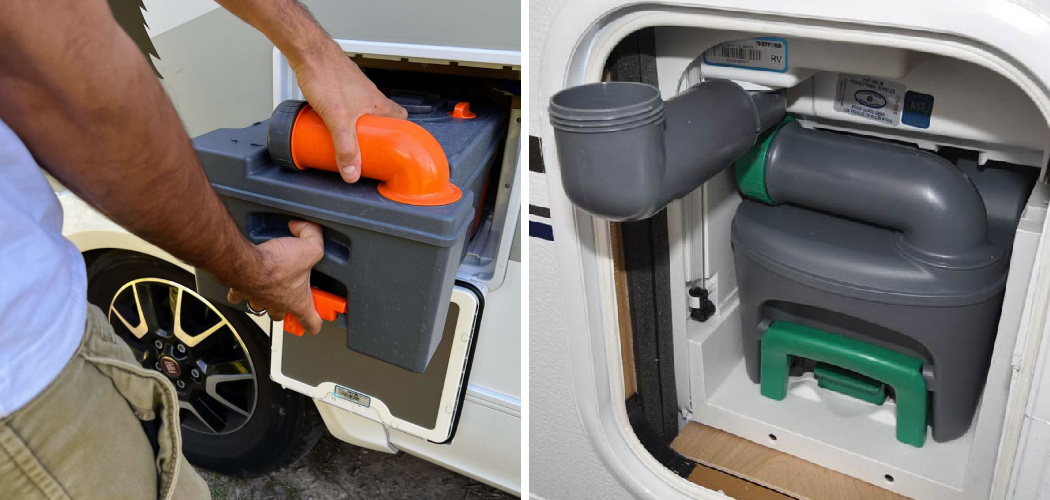If you have ever been camping or in an RV, chances are you have seen a cassette toilet. But do you know how to use a cassette toilet properly? Using a cassette toilet is not as complicated as it may initially seem. In this blog post, we will explain the basics of using a cassette toilet so that you can save time and feel confident in your next outdoor adventure!
If you’ve encountered a cassette toilet for the first time, the installation process can be intimidating. You may have heard horror stories from fellow campers and are worried your own attempts at installing one could end up in disaster.
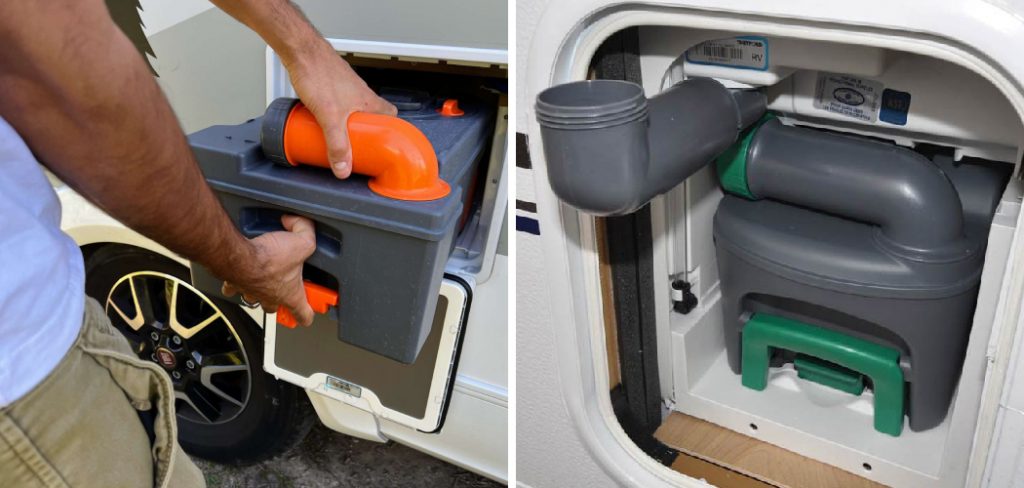
But don’t fret – with a few simple steps and some basic knowledge, having your very own portable cassette toilet doesn’t need to be as daunting as it might seem! In this blog post, we’ll go over just what is a cassette toilet and how to use it so that you can enjoy your camping trip without worrying about bathroom facilities. Read on to learn more!
Benefits of Using a Cassette Toilet
1. Compact Size
The main advantage of using a cassette toilet is its small size. This makes it ideal for people who have limited space and need to conserve as many areas as possible. It’s also perfect if you need to fit the toilet into tight spaces such as an RV or boat, where traditional toilets may not be able to fit.
2. Easy to Clean
Unlike traditional toilets, cassette toilets are easy to clean and maintain. All you need to do is empty out the waste tank when needed without having to worry about scrubbing or disinfecting the bowl itself. This makes it a great choice for people who don’t have time for regular maintenance and cleaning of their toilet.
3. Hygienic
Cassette toilets are also more hygienic than traditional toilets, as they have sealed tanks that keep waste away from the living space. This makes them a great choice for people who want to maintain good hygiene and ensure their family stays healthy.
4. Cost-Effective
Using a cassette toilet can help you save money as well. These toilets are generally more affordable than traditional ones and require less maintenance, making them a great choice for anyone on a budget.
In conclusion, if you’re looking for a compact, easy-to-clean and maintained toilet that won’t break the bank then using a cassette toilet is definitely worth considering. It’s a cost-effective and hygienic option that’s perfect for small spaces. So if you’re looking for a reliable toilet solution, a cassette toilet is definitely worth considering.
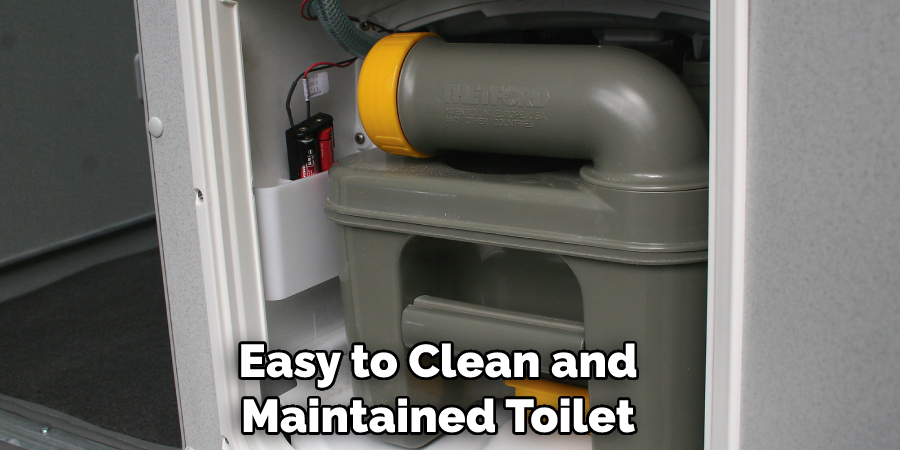
How to Use a Cassette Toilet in 5 Easy Steps
Step 1: Gather All The Materials
Gather the supplies you’ll need. You will need a waste tank, a freshwater tank, and any additives or chemicals that are recommended for your unit. So make sure you have gathered all these materials together.
Step 2: Preparing the Waste Tank
Make sure you have emptied, rinsed, and dried your waste tank. If necessary, add any cleaning chemicals or water softener to the tank before putting it back in the toilet unit. Also you have to make sure that the waste tank is securely attached.
Step 3: Fill The Freshwater Tank
Fill the fresh water tank with clean, cold water. Be sure to check that there are no impurities or bacteria present in the water before you use it. Also, add any additives that may be necessary for your unit. You have to be careful while doing this.
Step 4: Connecting The Tanks
Attach the waste and freshwater tanks to the toilet unit. There should be two separate hoses for both of these tanks and make sure that they are securely connected before proceeding. Also make sure that they are properly sealed.
Step 5: Ready to Use the Toilet
Once everything is connected and ready, your toilet is now ready to use. All you have to do is carefully follow the instructions for the operation provided in the user manual. Make sure to flush the toilet after each use and empty the waste tank when it gets full.
Some Extra Tips to Use a Cassette Toilet
1. Do Not Overfill the Cassette
This is very important and concerning safety, you should make sure that the cassette doesn’t become too full. Overfilling is dangerous and can lead to leakage or overflowing waste water. So make sure you do not overfill it.
2. Monitor Waste Levels
Since a cassette toilet does not have a permanent tank for storing waste, it needs to be emptied regularly. To ensure this is done in a timely manner, it is essential to keep an eye on the waste levels.
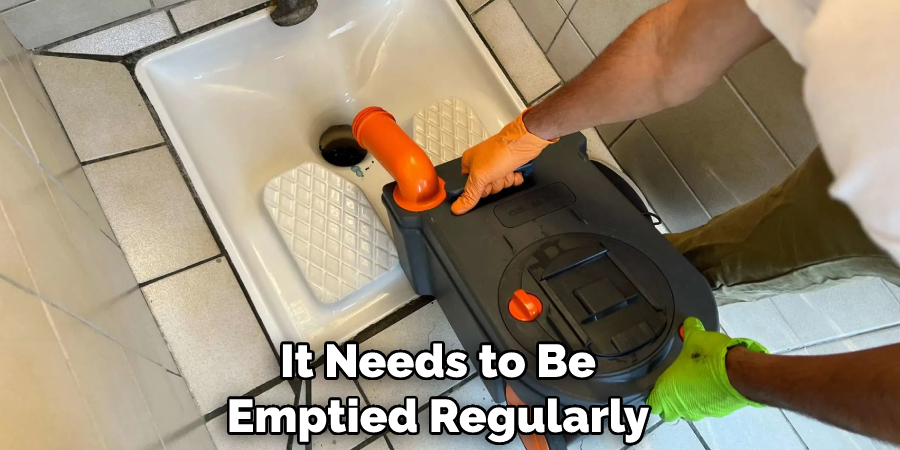
3. Ensure Proper Ventilation
Using a cassette toilet in an enclosed space can be dangerous as toxic gases released from the waste can accumulate and may cause health problems. Make sure your cassette toilet has proper ventilation to allow such gases to escape.
4. Clean Regularly
Cassette toilets will need regular cleaning to ensure that waste does not accumulate and build up. Regularly scrubbing the walls of the cassette toilet with antiseptic solutions will ensure a safe and hygienic environment.
5. Dispose of Waste Appropriately
When emptying the cassette, it is important to dispose of waste in the appropriate manner. Cassette toilets must not be emptied in public places as this can cause a health hazard and also lead to fines. Always use a safe area to empty your cassette toilet waste.
By following these simple steps, you can ensure that using a cassette toilet is done in an efficient and safe manner. With proper knowledge of how to use a cassette toilet, you can have peace of mind that your journey will be safe and enjoyable.
It’s also important to seek professional advice if you are unfamiliar with any aspect of the installation or use of a cassette toilet as this could potentially cause serious damage. Taking the time to ensure correct usage is essential for safe and efficient use!
Frequently Asked Questions
What Precautions Should Be Taken When Using a Cassette Toilet?
It is important to take certain precautions when using a cassette toilet. Make sure the water tank that goes with the toilet has sufficient water and is cleaned regularly. Make sure to empty the cassette often, as this will reduce the risk of odors and other sanitary issues. Also, make sure to keep the toilet area clean and properly ventilated.
Additionally, always wear protective gear such as gloves when emptying the cassette to protect yourself from any potential contaminants.

Can a Cassette Toilet Be Used With Other Types of Toilets?
Yes, a cassette toilet can be used in combination with other types of toilets such as a composting or dry toilet. However, if doing so, make sure to clean out the cassette regularly and take precautions when emptying it.
What Are the Benefits of Using a Cassette Toilet?
A cassette toilet offers a number of benefits including convenience, portability, and affordability. Additionally, they are often smaller than traditional toilets, which makes them ideal for use in RV’s, boats, and smaller spaces. Furthermore, they are known to be very reliable and require minimal maintenance.
Lastly, since the cassette can be emptied frequently, odors and other sanitation issues can easily be avoided.
How Can I Maintain My Cassette Toilet?
In order to keep your cassette toilet in good working condition, you should clean it out regularly and make sure the water tank has sufficient water. Additionally, check for any blockages or leaks that need to be fixed. Lastly, make sure to empty the cassette frequently in order to avoid odors and other sanitation issues.
What Happens If I Don’t Empty the Cassette Regularly?
If you do not empty the cassette regularly, you risk having sanitation issues such as odors and clogging. Additionally, this can create an unhealthy environment, as well as cause serious damage to your toilet. Therefore, it is important to make sure you empty the cassette often in order to prevent any potential problems.
Can I Use a Holding Tank Instead of the Cassette?
Yes, you can use a holding tank instead of the cassette if you want. However, make sure to take into consideration that emptying a holding tank is more labor-intensive than emptying the cassette and it may be necessary to hire professional help for the task. Additionally, make sure to adhere to the local laws and regulations in regard to holding tanks.
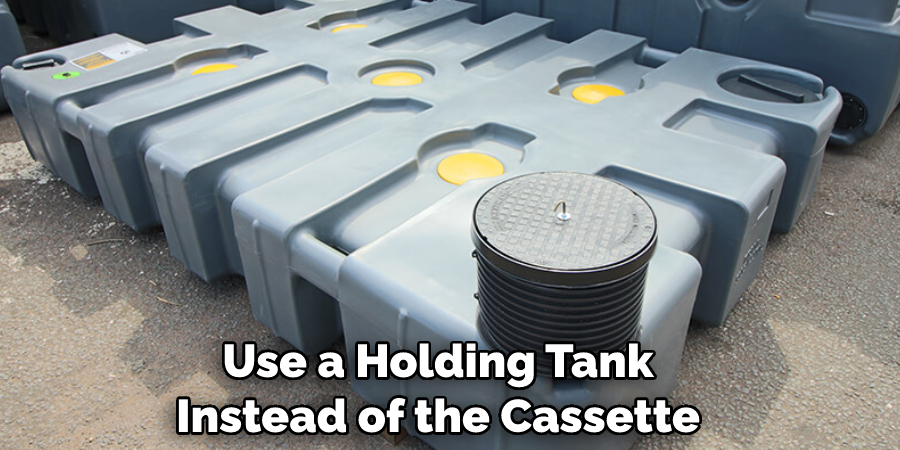
Conclusion
All in all, learning how to use a cassette toilet is not difficult. Taking the time to develop a routine for emptying the waste tank will help avoid any unnecessary mess and keep your RV sanitary. It takes an extra bit of effort and patience, but with regular maintenance and cleaning, cassette toilets can be a great addition to any RVing lifestyle.
If you find yourself out on the road without access to a bathroom, you’ll be glad you know how to make use of a cassette toilet! Just remember: dispose of your waste responsibly! Not only will responsible disposal keep your RV tidy and hygienic, but it helps protect the environment too. With just a little bit of skill, knowledge, and practice, anyone can learn how to use a cassette toilet today.

